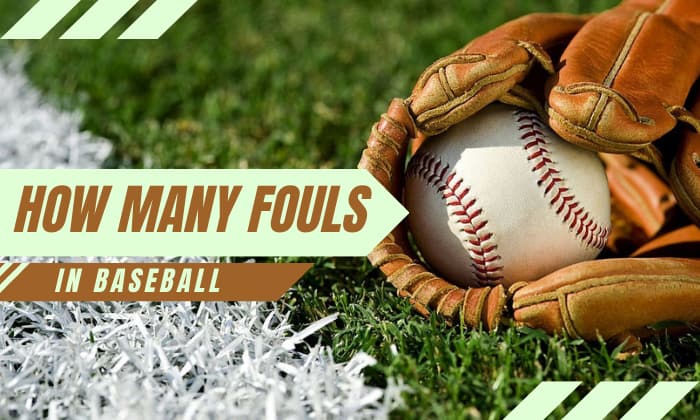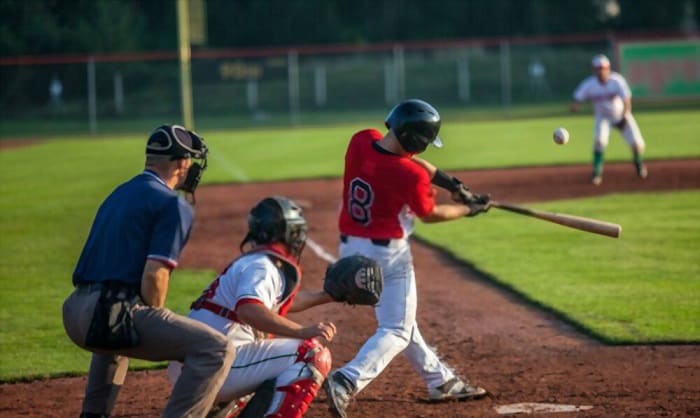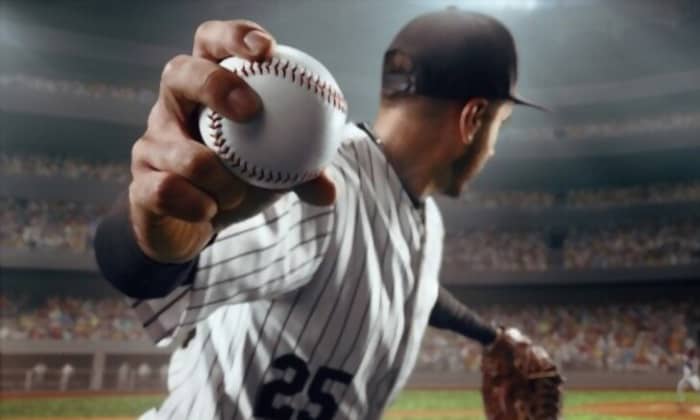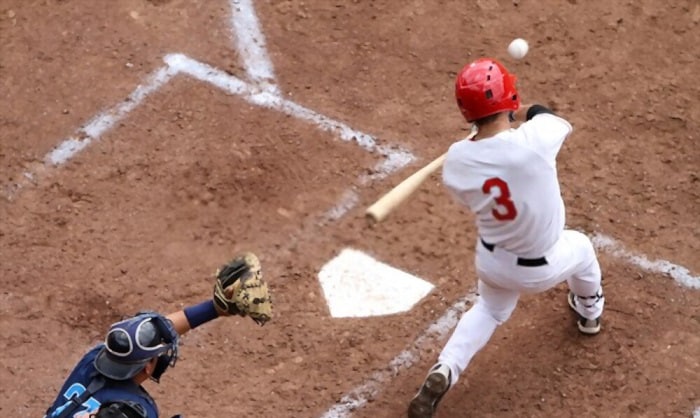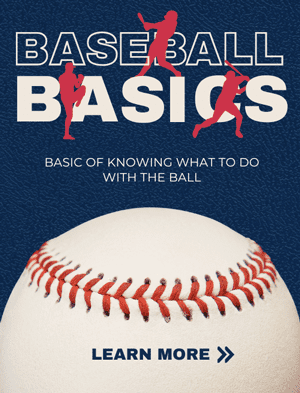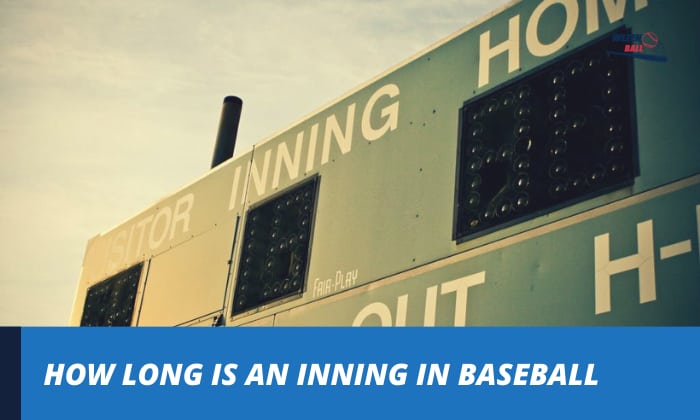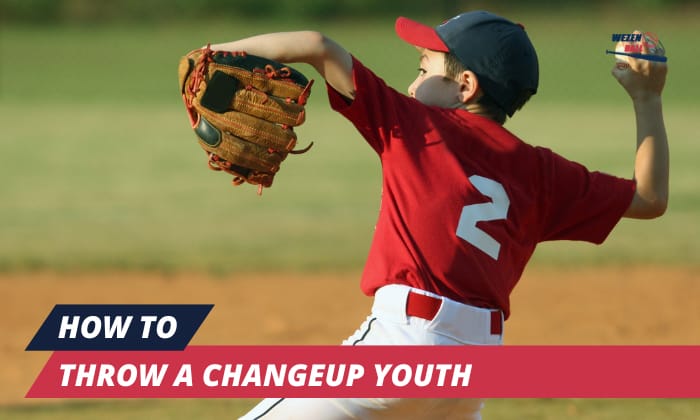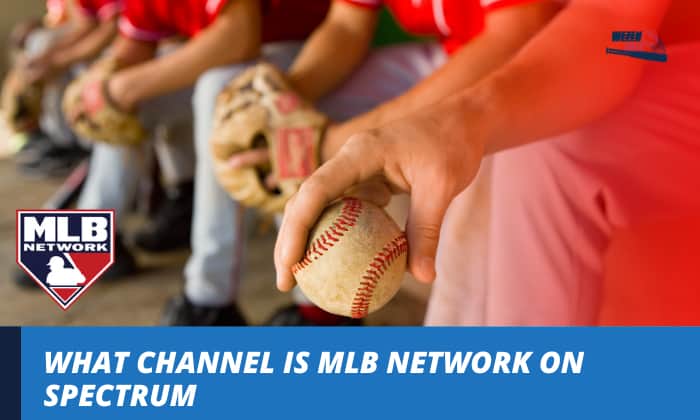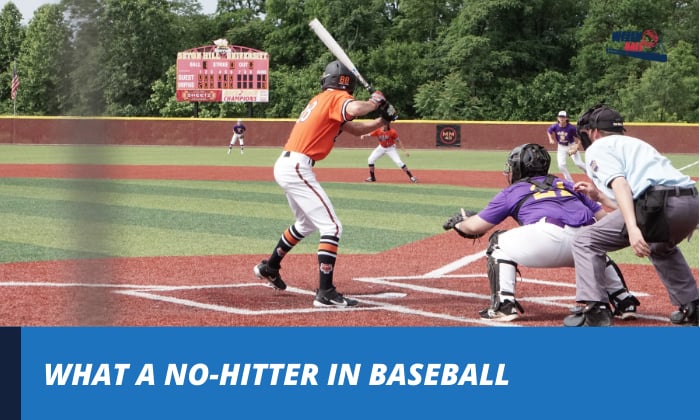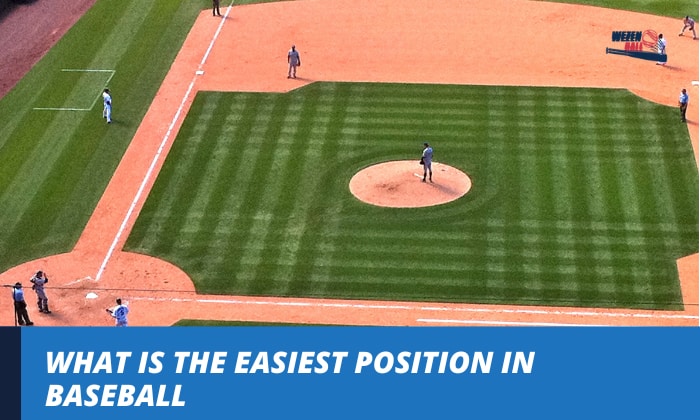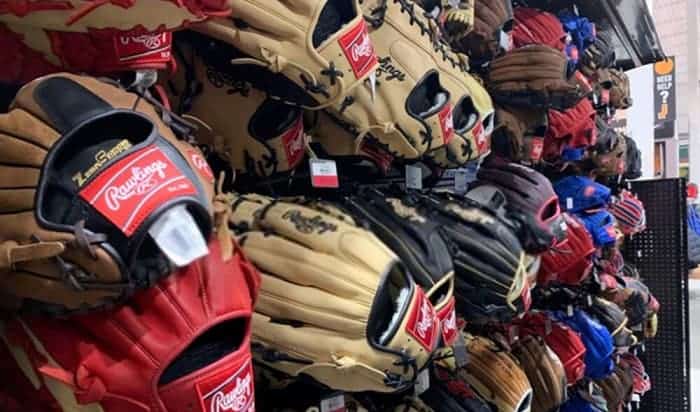Fouls happen in baseball, just like any other sport. But as the sport has its own rules, how many fouls in baseball can send the player out?
The hitter is granted an unlimited number of these foul balls. Even though players can get two foul balls counted as strikes, their third foul ball will not be called the third strike.
If hitters hit foul balls on and on, they will not be called out! So, you might see hitters hitting so many fouls without getting sent out of the game.
Contents
What Is Considered a Foul Ball?
Before we talk about all sorts of foul ball rules, let us define what referees would judge as a foul ball.
- A batted ball that settles in the foul territory, the area between the home base and either the first or third base, is considered a foul ball.
- Also, if the batted ball bounces past the first or third bases, it is regarded as a foul ball.
- A foul ball will also be called if the ball bounces on the foul territory immediately. Lastly, foul balls are called when the batted ball touches an umpire or a foreign object.
In contrast to what is commonly known, hitters can get three strikes in a single at bat. Once they get called for the third strike, they are out.
And here is where foul balls come into consideration. Is a foul ball a strike, and can the hitter get sent out?
How Many Fouls Can Hitters Hit in Baseball?
Foul balls do happen from time to time. And to give you a better idea of how many foul balls batters can hit in baseball games, let us discuss them based on hitting the ball by swinging and bunting.
1. What happens with swinging foul balls?
Only one strike is added when a hitter swings at a foul ball. But according to the rules, hitting another foul ball when at least two strikes are counted will not yield the third one as another strike.
The rule is made this way because it is always unintentional to have hitters swing at foul balls. Hitters only want to keep the ball in play, so penalizing an accidental swing to a foul ball seems unfair.
2. On the contrary, what happens when a foul ball is bunted?
Again, the rule for the first two strikes is the same. But if the hitter makes a bunted ball go foul and he already has two strikes called upon him, he will be out.
How Many Fouls Are Equivalent to a Strike?
Even though two strikes are counted when hitting a foul ball, since the third will never be counted as a strike, hitters have unlimited hits to foul balls.
A foul out in baseball will only happen on the third foul ball, and the hitter made a bunter.
Also, do not be confused. Some enthusiasts mention having four fouls and “you’re out” in baseball. Unfortunately, as a rule, the MLB never had these 4 fouls in baseball to call players out.
Benefits of the Foul Ball
If there are unlimited swings for a foul ball, would there be benefits to including this in a baseball team’s strategy?
Surprisingly, there is a way to make pitchers and hitters benefit from a foul ball. The foul strike rule can be used to the advantage of either the pitcher or hitter. And if used correctly, they might just help themselves get a win.
1. For The Pitcher
The pitcher is in charge of making the winning throw that would send the hitter out of the game. It would benefit the pitcher if the previous two foul ball count as a strike.
All he needs is to cast one more amazing pitch that the hitter will miss. Then the hitter will be at his third strike!
2. For The Hitter
On the other hand, the hitter would sometimes face really skilled pitchers. A strategy that they can do is to swing on all pitches to add additional fouls and prolong their at-bat.
The hitter will benefit from many foul balls because they get a chance to switch their position to make the perfect hit.
But the hitter’s primary strategy is to fatigue the pitcher by making so many throws. As the pitcher gets tired, the hitter will have a greater chance of hitting a sloppy-made pitch.
Frequently Asked Questions
1. Why can hitters not receive a third strike on a foul ball?
Hitter will not receive a strike on their third foul ball for the sake of fairness. Most of the time, pitchers are at the upper hand as they are in control of most of the game’s mechanics.
To show this, the MLB recorded that hitters miss 60% of pitches!
The rules on foul balls automatically made a form of handicap for the pitchers to be on equal footing with hitters.
2. When did the foul ball strike originate?
This foul ball strike have been introduced as early as 1901. Yes, it is a rule that has existed for a long time already.
In 1901, this was only applied in the National League. Two years later, the American League applied the rule as well.
3. Would it be advantageous to fatigue the pitcher with foul balls?
As we noted above, hitters try to weaken their opponent pitcher with all these foul balls. The advantage is that they increase the likelihood of having an easy-to-hit pitch.
However, this is not a fool-proof strategy. Hitters are advised to do this only if they are confident they can eventually hit the next pitch.
Amateurs are not advised to do such as it requires skill and talent. There is more than just being lucky with foul balls!
Conclusion
We explored in this article how many fouls in baseball before the player is called out.
The rule states that the first two strikes can be called on foul balls. But the third would never be called such for fairness. And, players get creative in using this to their advantage.
Now that you know the rules, it would be extra interesting to spot hitters maximizing foul balls in the next baseball game you will watch!

A powerful swing and the ball is flying across the field, just one hit, and we might never forget the thrill it brings. I do not know about you, but I never do. Every baseball game is the chance to compete with others and cooperate with your teammate. It is among my biggest passions.



